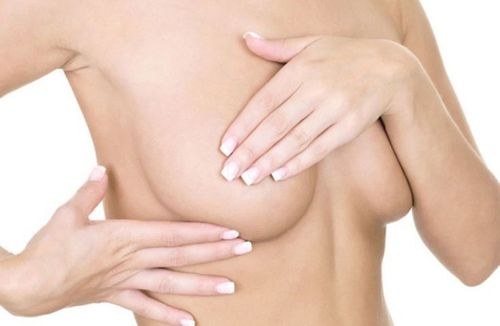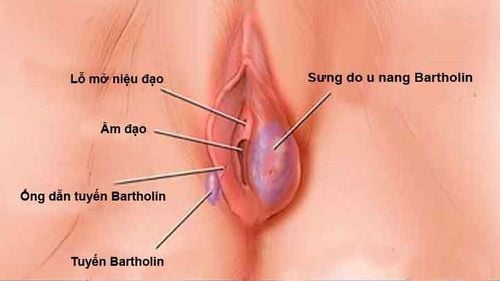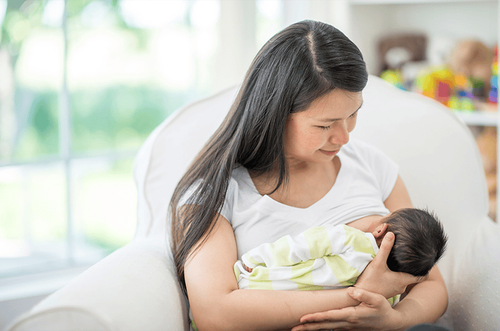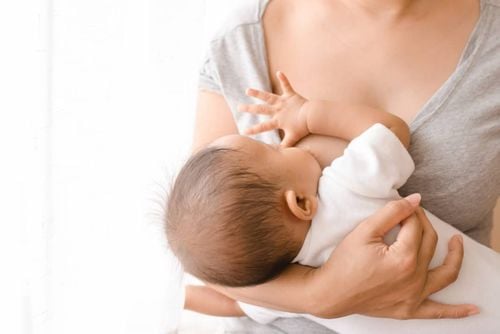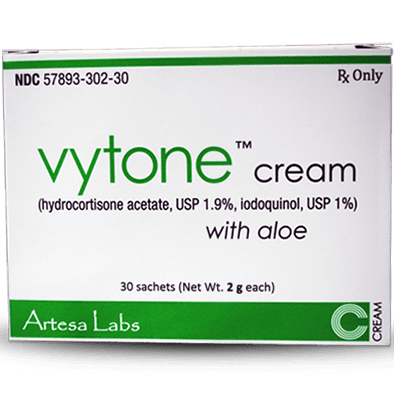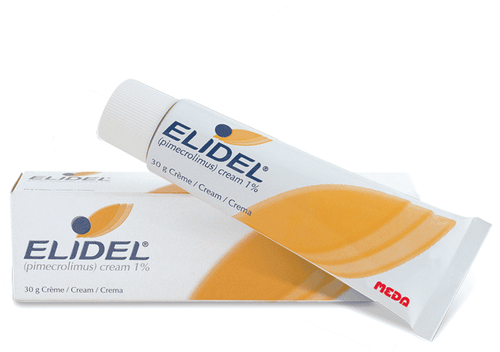This is an automatically translated article.
Nipples are one of the most sensitive parts of the body, small changes in nipples can make you sore. The cause of nipple pain is usually benign, nothing to worry about. In rare cases, sore nipples can be a sign of a more worrisome medical condition. This article will provide the most common causes of nipple pain and what you can do about it.
1. Nipple pain is a manifestation of what?
Nipple pain occurs when you have a painful, tight, throbbing, throbbing or hot sensation on your nipple. Nipple pain may or may not be related to total breast pain.
Nipple pain can be traumatic and non-traumatic. Traumatic causes of pain are easier to treat. However, sometimes the injury can be very minor and difficult to notice. The most important way to determine the cause of this condition is to assess what you can do before sore nipples appear.
The common causes below (except those related to the menstrual cycle, pregnancy and lactation) can occur in both men and women.
1.1 Friction Nipple pain is caused by friction caused by clothing rubbing against the nipple, and is especially common in people who are active in sports such as jogging. Often, both nipples are painful, and the skin may become dry or cracked.
In worse cases, sore nipples with discharge may even bleed. The treatment is to cover the nipple with sterile gauze and keep the nipple moist, like treating a burn, the lesion will heal on its own after a while. When exercising, in order to avoid nipple irritation, women should choose appropriate sports bras.
Besides, friction can lead to sore nipples when you wear an ill-fitting bra. Try on different bras to avoid irritation. Before doing sports, cover your nipples with a waterproof bandage or nipple protector to protect them.
1.2 Infections Infections can cause sore nipples or sore breasts in general, men can also sometimes get mastitis.
Mastitis is an infection of the ducts of the mammary glands. It is most common during breastfeeding, but women can get it at other times. If the ducts become blocked, bacteria can begin to grow in the ducts and cause an infection. Symptoms other than sore nipples may include fever, chills, redness, or heat in the breast.
Mastitis should be treated promptly with anti-inflammatory drugs and antibiotics. If left untreated, a breast abscess can form.
Yeast infections are also a common cause of nipple pain. This is especially likely for women who are breastfeeding, especially if you have cracks in your nipples. Nipple pain due to yeast infection often has a sharp, burning sensation when breastfeeding; the nipple is red, dry, or scaly around the nipple.
1.3 Hormonal Changes Hormonal changes in a woman's monthly menstrual cycle can cause sore nipples, which is a very common sign of menstruation. These symptoms usually appear in the days just before the start of your period, when increased levels of estrogen and progesterone cause breast tissue to stretch. Nipple pain should decrease and go away when you start menstruating.
1.4 Breastfeeding Breastfeeding is a common cause of sore nipples, largely due to the baby latching on properly. Your nipples may be irritated, cracked, or sore, with discharge or bleeding. Symptoms should subside once your baby stops sucking, but there are a few things you can do to ease the pain:
Gently squeeze out a few drops of milk and rub it on your nipples to soften them before feeding. breastfeeding. Apply lotion to the nipples. Allow nipples to air dry after each feeding, and change breast pads frequently. Wear a comfortable cotton bra that is the right size to limit rubbing against your nipples.
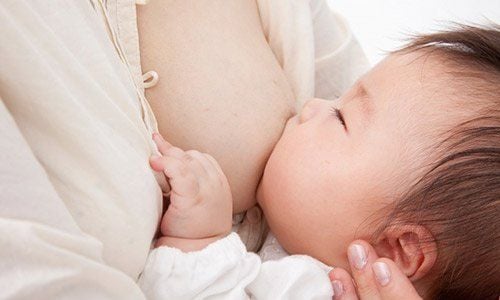
Một số bà mẹ có thể đau núm vú trong quá trình nuôi con bằng sữa mẹ
Teething babies are another potential cause of nipple pain, as they can change the way they latch on and even bite the nipple. If you're having trouble getting your baby to latch on well, your doctor or counselor can help you make some adjustments to make you more comfortable.
1.5 Sexual activity Just like breastfeeding, nipple friction or nipple-related sexual activity can lead to nipple irritation and pain. Usually, this pain is temporary, lasting for a short time. Using a moisturizer is helpful in the wound healing process.
1.6 Allergic reactions Contact dermatitis begins when something touches your skin and irritates your skin, such as chemicals in perfumes, soaps, or jewelry. Nipple pain, an itchy rash, and swelling around the nipple can be signs of skin irritation.
There are a variety of household products that can irritate nipples or trigger existing skin conditions, such as atopic dermatitis. These include: lotion, laundry detergent, bath soap, conditioner, perfume
Topical anti-inflammatory creams can treat mild cases, but see a doctor if rash or redness increases, spreads, or spreads. extensive and unresponsive to conventional treatment.
1.7 Atopic Dermatitis Atopic dermatitis, also known as eczema, is a condition that results in dry, flaky, itchy skin. Atopic dermatitis affects both the nipples and breasts. It is relatively common to find atopic dermatitis of the nipple and areola, occurring with one or both nipples.
Most patients with atopic dermatitis on the nipples also have atopic dermatitis on other parts of the body. Eczema can be difficult to treat, it's best to see a doctor for a full examination, especially when the following symptoms appear: fever, pus discharge, severe pain...
If your skin is inflamed If you have allergies or irritants, your doctor may recommend antihistamines, moisturizers, and corticosteroid creams for your skin. Oatmeal baths can also ease the pain.
1.8 Sunburn Sunburn can cause sore nipples, especially for people with little daily light exposure. This is a common cause in both sexes, especially men when topless. So always put sunscreen on your nipples to avoid this situation.
1.9 Paget's Disease Paget's disease is a rare cancer involving the nipple that affects only 1% to 4% of people with breast cancer, and men can get it too.
Paget usually affects only one breast, the symptoms resemble dermatitis, with red, flaky, and itchy skin around the nipple. Other symptoms include: flat or inverted nipple, yellow or bloody discharge from the nipple, breast lump, thickened breast skin. Paget's disease needs to be examined and diagnosed by a doctor, and biopsy is the method to help confirm the diagnosis.
Paget's disease is treated with surgical removal of the nipple and areola, which may include part or all of the breast. Radiation or chemotherapy is also indicated after surgery.
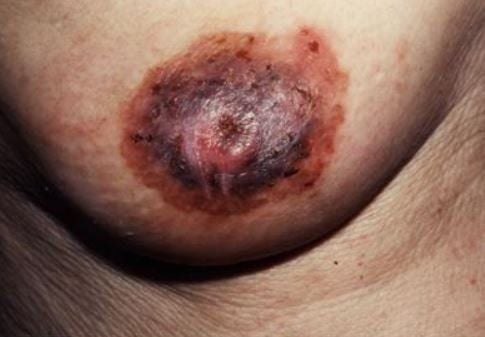
Bệnh Paget là một trong các bệnh gây đau núm vú cho người mắc
2. When to see a doctor
In most cases, treatment for sore nipples is simple, and symptoms go away once the cause is treated. If nipple pain persists, the cause of nipple pain is unclear, or is accompanied by any change in shape and discharge, see your doctor for timely diagnosis and treatment. Treatment for sore nipples will depend on the cause.
The doctor may have to do laboratory tests such as ultrasound, mammography or biopsy to determine the cause of nipple pain.
Nipple pain occurs when you have a painful, burning, throbbing, tingling sensation on your nipple. Most sore nipples are benign and nothing to worry about. It can be caused by an allergic reaction, eczema, hormonal changes, sexual activity or sunburn. Identifying the cause of the disease helps to quickly improve pain symptoms and limit complications of the disease.
Please dial HOTLINE for more information or register for an appointment HERE. Download MyVinmec app to make appointments faster and to manage your bookings easily.




